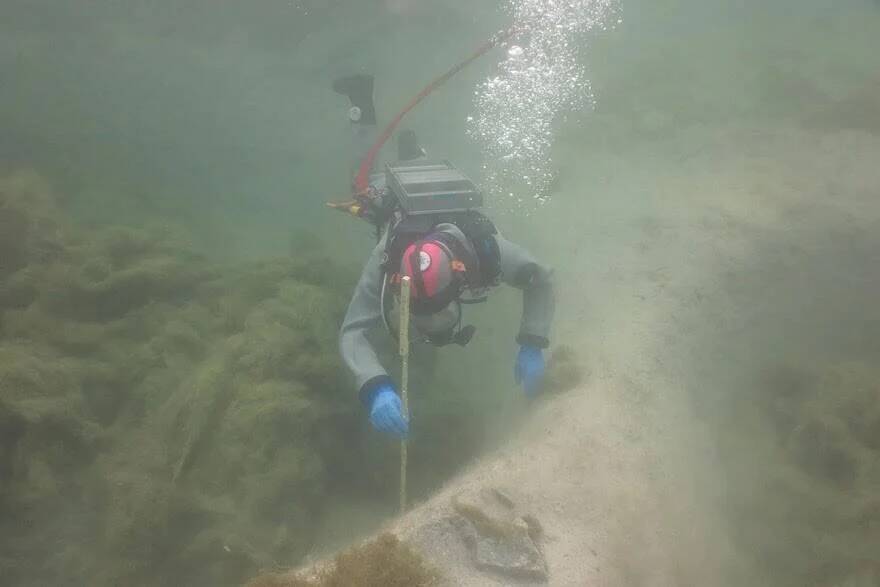Lucerne, The 3,000-Year-Old Swedish Bronze Age Village

Unterwasserarchäologie UWAD Zürich/Canton Lucerne
A marine archaeologist exploring the remains of Lucerne.
In April 2021, marine archaeologists announced the discovery of a secret at the botton of Switzerland’s Lake Lucerne: a Bronze Age village buried beneath a layer of mud.
While Bronze Age settlements across Europe aren’t a rarity, this new discovery greatly changed the understanding of life in the region as the village — named Lucerne — may have been built 3,000 years ago.
A spokesperson for the canton of Lucerne said at the time that this evidence made the city of Lucerne suddenly “around 2,000 years older than has previously proven.”
Most amazingly, however, the find was entirely serendipitous.
Divers had been dredging the lake to prepare for a new pipeline when they suddenly came across a number of wooden piles hinting at the existence of a previous human settlement. Then, they found shards of pottery.
After sending some samples off for analysis, they found that these pieces of debris dated back to around 1000 B.C.E. — completely changing the city’s historical timeline.
And while Lake Lucerne now comprises 43 square miles with depths of nearly 1500 feet, the discovery of this ancient village showed that, once upon a time, the lake basin had been a suitable area for a human settlement.





